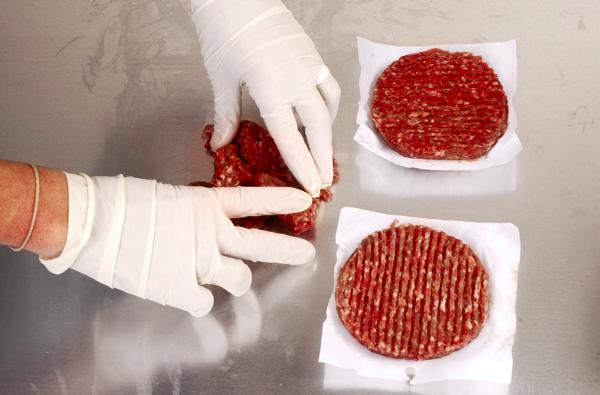For the second week in a row, the weekly kill has been lower when compared with the same week last year. During the past seven weeks, the kill has declined from 31,441 to just 27,940 this week. This is the third week this year that we have gone below 30,000.
The total kill year-to-date is just over 103,000 head above where we were this time last year. The reduced kill continues to be met with reluctance from factories to raise prices and bring cattle out of the fields.
In recent weeks, the biggest push on prices has been for cows and young bulls. The reality is that we have seen O grade cows move from €2.95 to €3.05 a month ago up to €3.20 and €3.35 today.
Over 16-month R and U grade bulls have increased by 15c to €3.70/kg and €3.80/kg in the same time period. Steers and heifers have received a lift but not to the same extent.
Northern buyers remain active around the sales rings. Northern Ireland had the biggest weekly import of cattle so far this year at 548 head.
The renewed efforts to resolve labelling issues will give them additional confidence.
Minister for Agriculture Simon Coveney has made contact with retailers in the UK encouraging them to adopt a more flexible approach on their policy of insisting on beef from animals born, reared and slaughtered in one country only.
Cows: Factories remain very active for cows. In mid-May, the kill was 8,500 cows ahead of last year. Today, it is 5,500 cows ahead at a total of 213,437.
Agents are paying €3.10/kg for P grade cows, while €3.20/kg is the going price for O grade cows, with some farmers getting up to €3.35/kg for fleshy cows.
R grade cows are securing prices from €3.25/kg to €3.50/kg, while €3.60/kg is being paid for U grade cows, with reports of some factories paying as high as €3.70/kg.
Selling cull cows through the mart is a realistic option for farmers with smaller lots for sale. This should be considered, especially if farmers are finding it difficult to attain the higher prices.
Bulls: Bulls under 16 months of age are going on the grid from €3.70/kg to €3.75/kg. This excludes the 12c/kg QPS bonus, but note that some plants are imposing a minimum fat cover of 3 over the normal 2+.
Paying for these bulls on the grid doesn’t reflect value for the processors. For this reason, they are said to be active for over 16-month bulls, which are now easier moved.
Over 16-month R grade bulls are ranging from €3.50/kg to €3.70/kg. Finishers who don’t have prior arrangements made with factories are securing €3.80/kg for U grade animals. As supplies remain tight in many cases, there are no penalties incurred up to 440kg.
Steers and heifers: The ceiling continues to be €3.85/kg for the top-quality heifers. The majority are being sold from €3.75/kg to €3.80/kg.
Factories continue to offer a base of €3.70/kg as the starting point.
Despite this, prices paid by buyers around the sales ring for factory-fit heifers, which are equivalent to €3.90/kg to €4/kg.
Steers are being quoted a base of €3.70/kg also. Farmers who are holding out are securing €3.80/kg, with some selling from €3.75/kg to €3.78/kg.
These prices exclude the 12c/kg QPS bonus and are for quality assured (QA) cattle under 30 months of age. P and O grade cattle are securing prices in the region of €3.50/kg to €3.60/kg.
Flat prices are being quoted for overage continental steers are being sold for €3.70/kg to €3.75/kg, while Friesian steers are being sold for in the region of €3.50/kg to €3.60/kg.
Northern Ireland: Base quotes have risen to 2p/kg for steers and heifers, moving to €4.02/kg (318p/kg). Better deals are being attained by regular suppliers with larger volumes.
Quotes for good R and O+ cows remain steady and range from €3.16 (250p/kg) to €3.22/kg (255p/kg).






 This is a subscriber-only article
This is a subscriber-only article










SHARING OPTIONS: